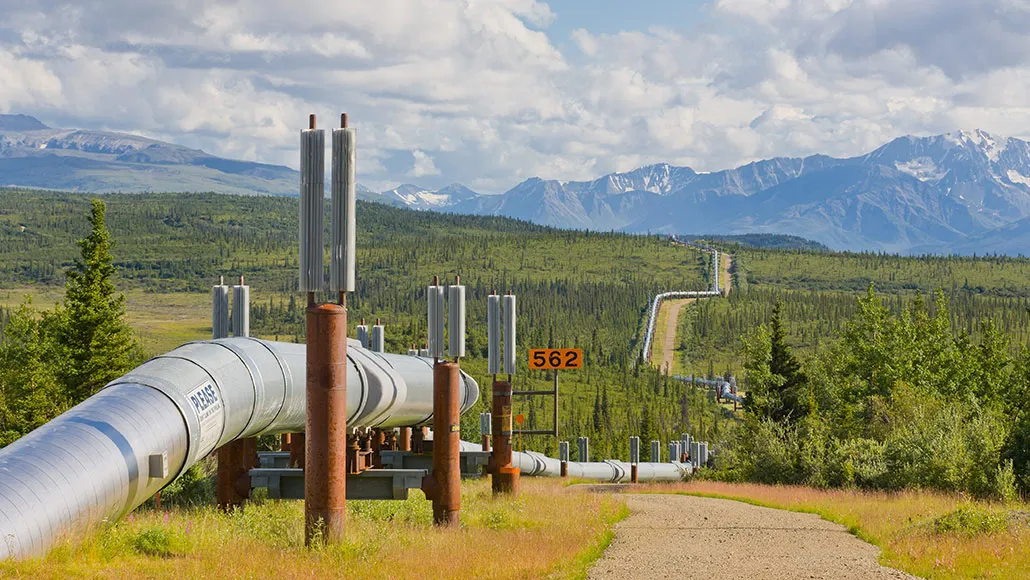50 years ago, protests and promises launched the Trans-Alaska Pipeline
Declining oil production poses dangers to the massive structure

The Trans-Alaska Pipeline was an engineering marvel when it was constructed, but declining oil production has rendered its future uncertain.
stanley45/iStock/Getty Images Plus








